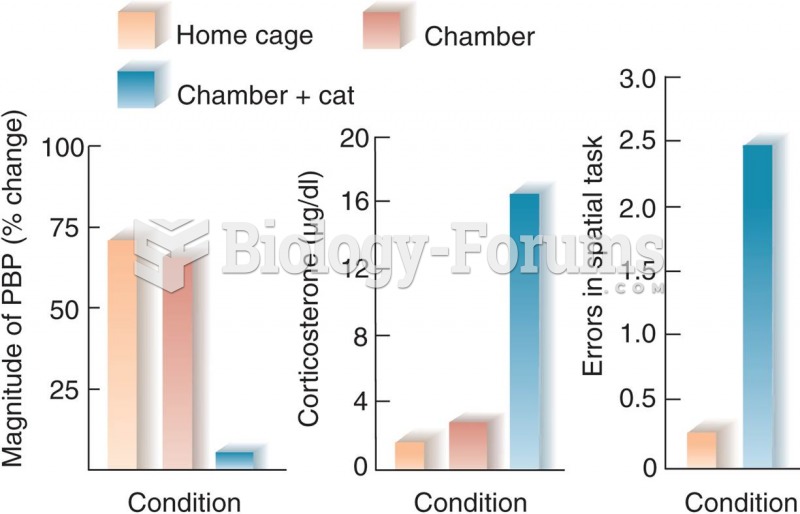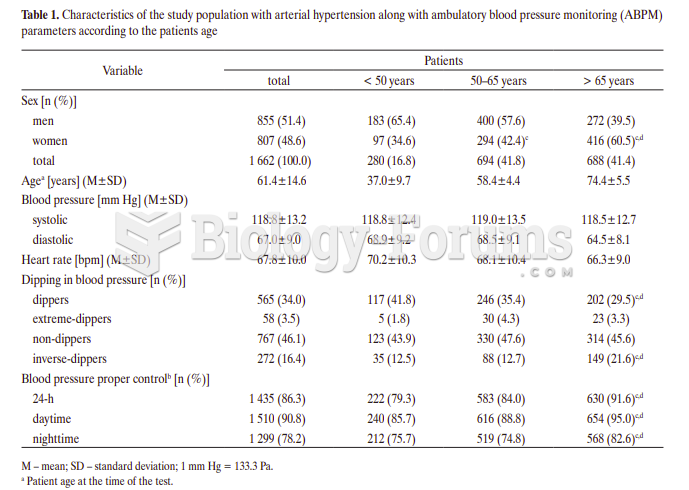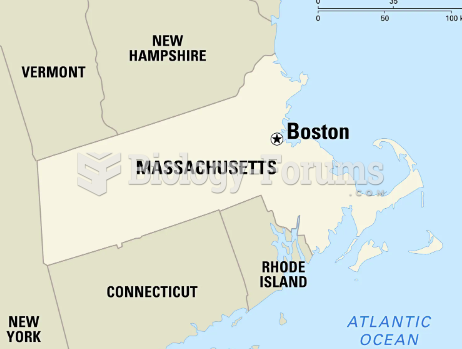Answer to Question 1
An ideal response will:
1, Examine the role of party ideology in contemporary U.S. politics. Included in this should be a discussion of liberal and conservative stances, as well as the predominance of a moderate electorate. Parties are built from coalitions, and in democracies, policy platforms based on ideology is the key differentiating factor.
2, Expand the discussion to cover the increasing rift between the two parties while they are simultaneously becoming internally cohesive. The more nuanced answer will elaborate on the particular ideological rifts that have developed inside both the Republican and Democratic camps (e.g., Tea Party activists).
3, Analyze the breadth of data in this chapter on the trends of ideology and the public perception of parties as well as their internal dynamics.
4, Grapple with the idea that although party and activist rhetoric appears to be more polarized, most voters still identify as moderates. Argue whether or not ideological rifts will aid alternative voices in influencing policy agenda.
Answer to Question 2
An ideal response will:
1, Explain how immigrants can engender negative political effects (for example, nativist sentiments) as well as positive political effects (for example, a new voting bloc), which will prompt politicians to be more responsive to immigrant needs.
2, Explain that elected officials care where immigrants settle because state localities with high populations of immigrants need additional monies for services. Further explain that high-immigration states will have more congressional representation in addition to having a greater voice in presidential politics.
3, Explain the effects of the immigrant community on the 2012 election, specifically noting how Hispanic voters turned out overwhelmingly for Barack Obama over Mitt Romney.







